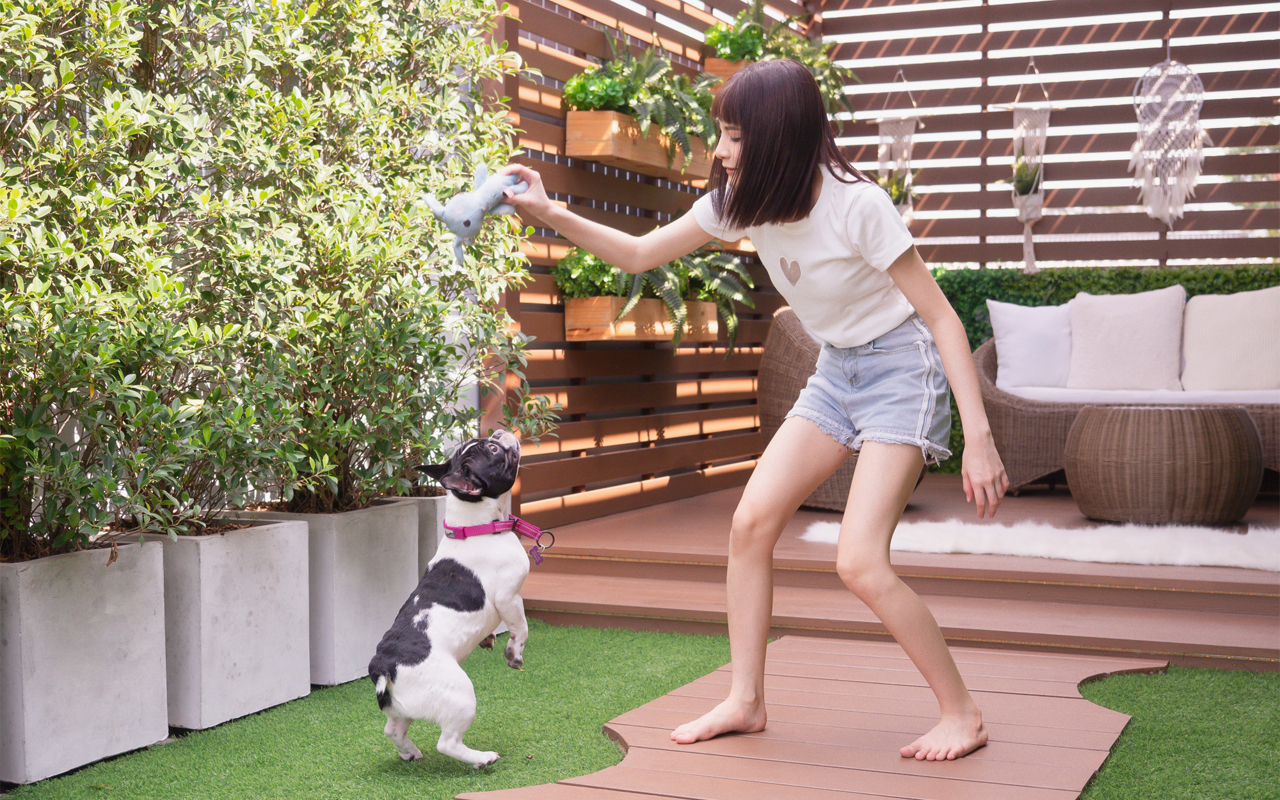
Using hand signals can be a very effective way when it comes to training your dogs, especially when verbal commands are difficult to use and your dog might not understand you all the time. Here are some basic dog training hand signals and how to use them.
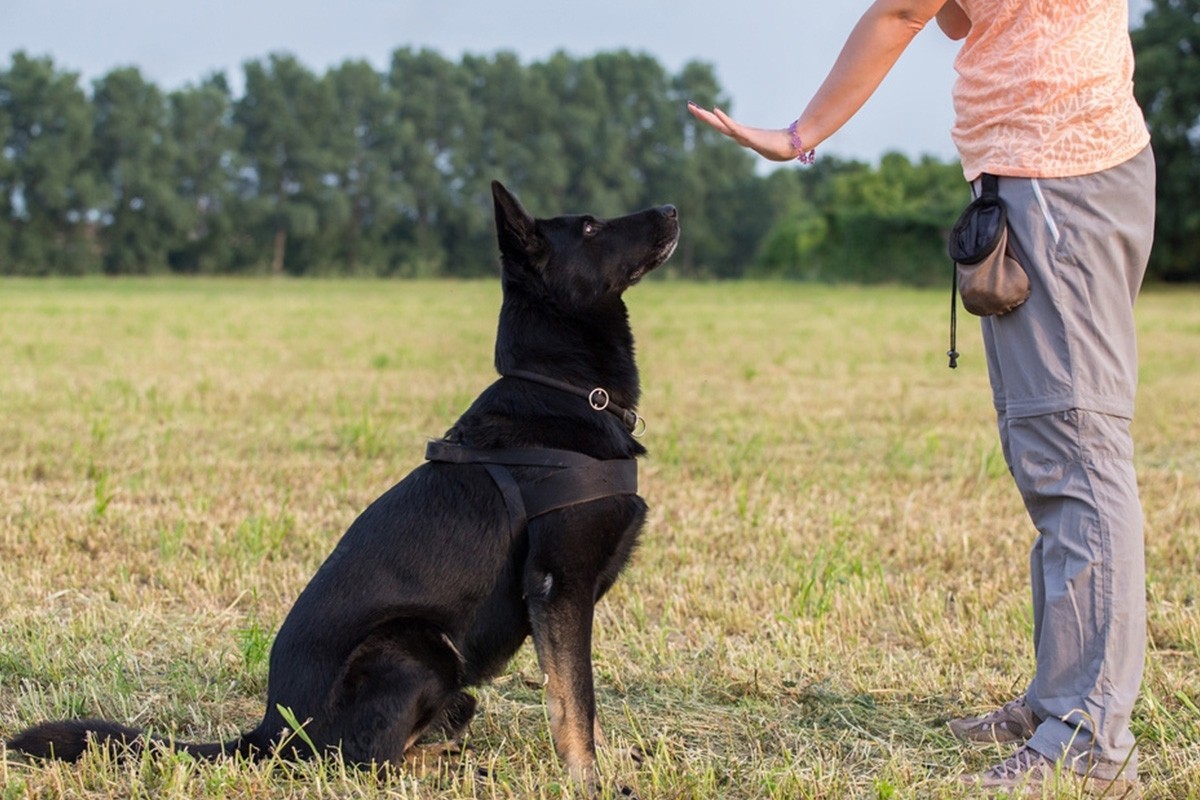 Sit
Sit
The easiest way to train your dog is to teach them with lure and reward training using their favourite treats. First, get your dog’s attention by holding a treat in your hand and keeping it near your dog's nose. Then, lift the treat slowly over their head and slightly behind their head. This will cause your dog to move backward before eventually sitting. Once your dog is in a sitting position, praise them and offer the treat as a reward.
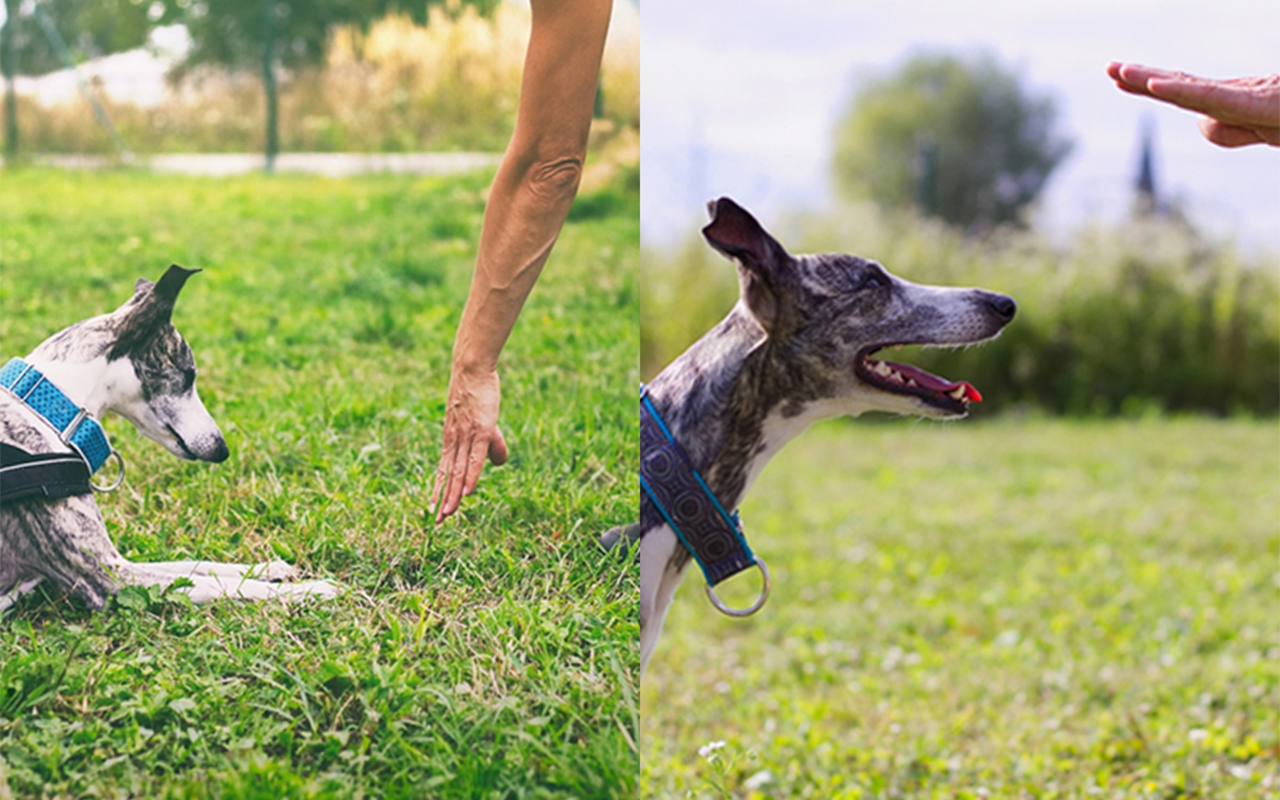 Stay
Stay
When teaching your dog to stay,it’s best to train with both your auditory command and hand signals. Start by making a 'Stop Sign’ with your palm facing outward at the level of your chest or hold one finger pointed up at your dog and say ‘Stay’ in a clear tone. After that, take a step back and wait a few seconds. If your dog stays in place, reward them immediately with a treat and praise.
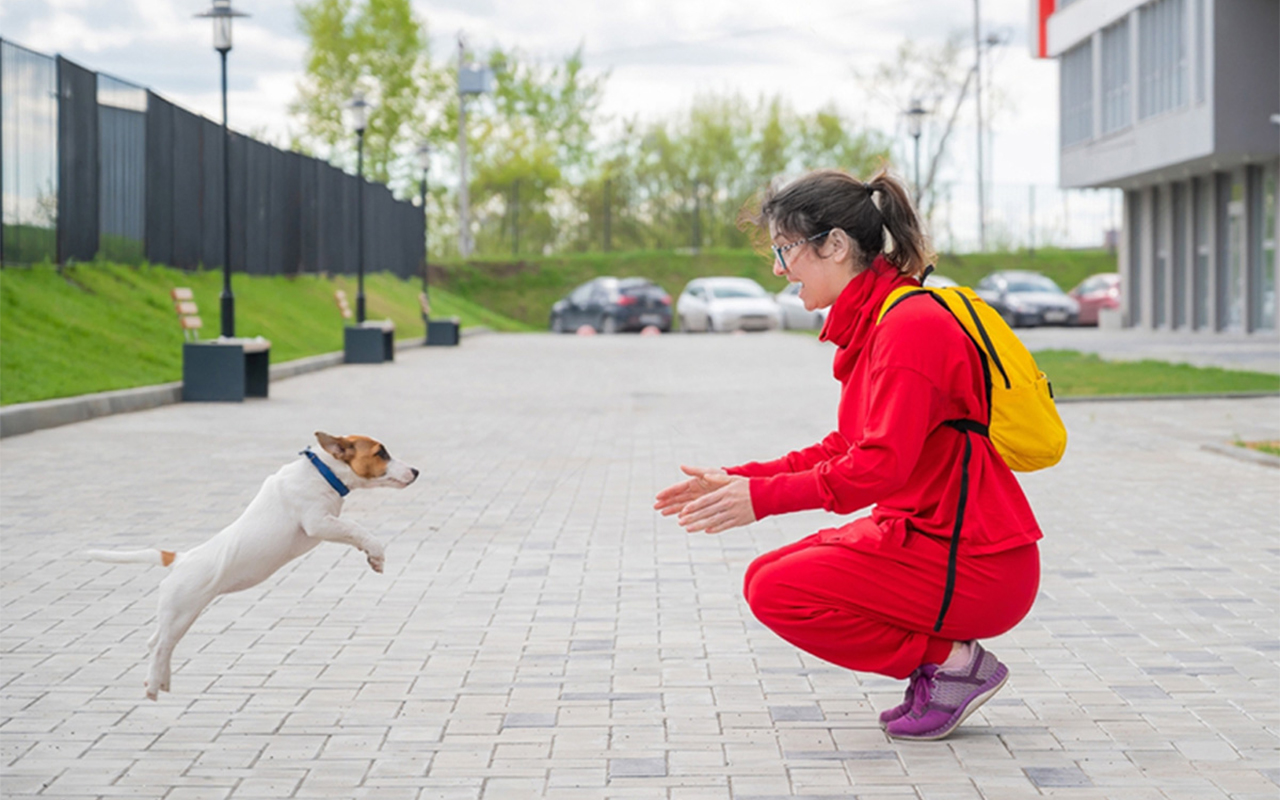 Come
Come
In order to make your dog come to you, start by extending your arm out with your palm facing up. Then, bring your hand towards your body. This gesture will signal to your dog to come to you. Getting down on your dog’s level when calling your dog's name can also encourage them to come to you.
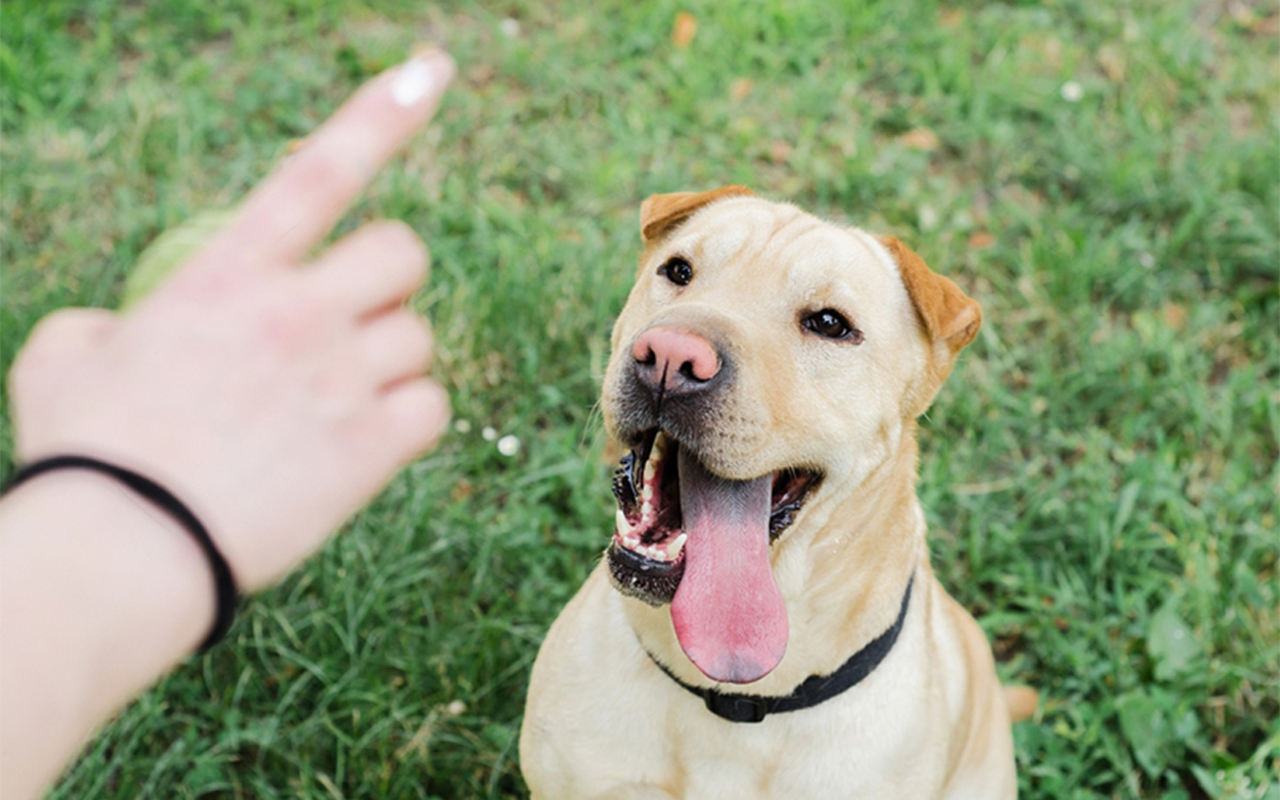 Quiet
Quiet
Asking your dog to be quiet can be challenging, but it's an important behavior to prevent excessive barking. When your dog starts barking, hold up your index finger to your lips and use a clear tone of voice, saying "Shh," while giving the hand signal. Once your dog stops making noise, pet them or reward them with a treat to reinforce the behavior.
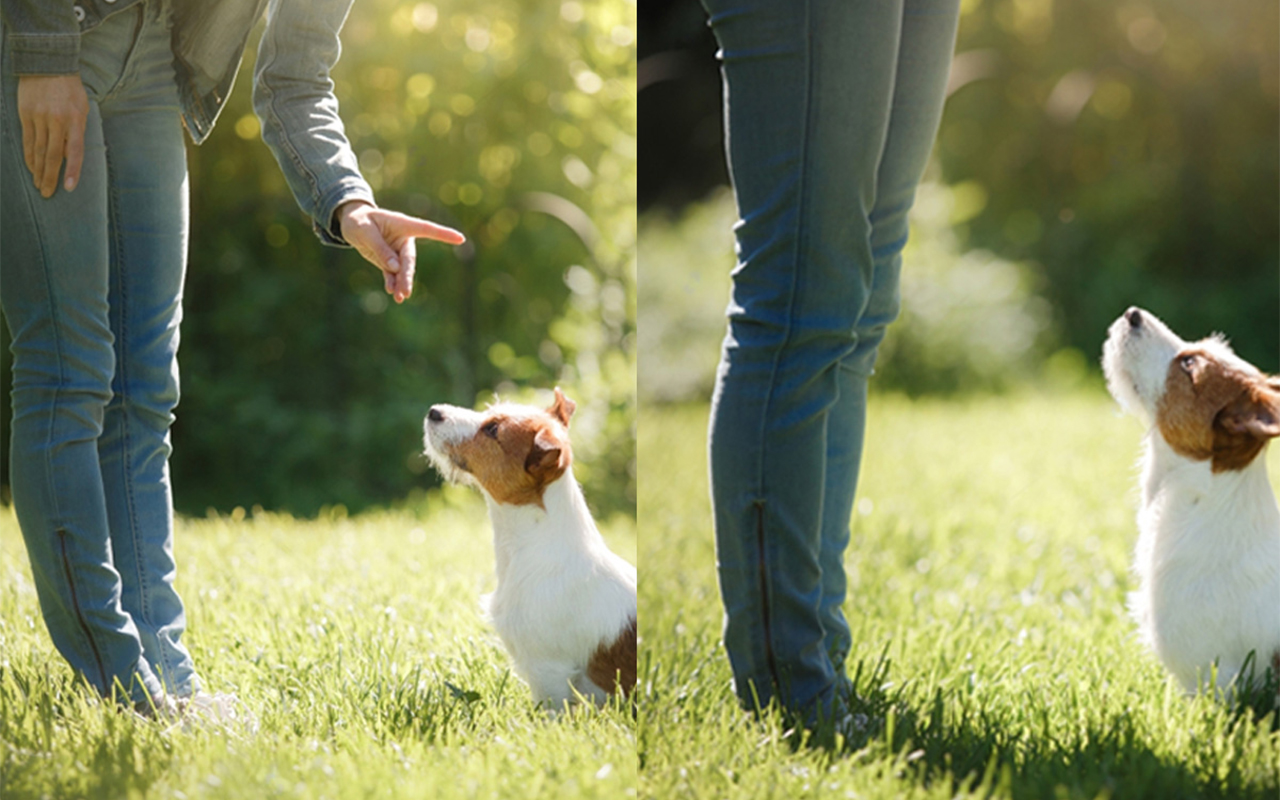 Wait
Wait
To signal wait, start by commanding your dog to sit, hold your hand up in front of your dog with your palm facing them and say “Wait” in a loud and firm tone. Take a few steps back and use your body language to let your dog know that you want it to stay in place.
When teaching your dog to understand hand signals, remember to utilise positive reinforcement and keep the training sessions short and enjoyable. With consistent effort, your dog will learn to respond to your signals and become a well-behaved companion.
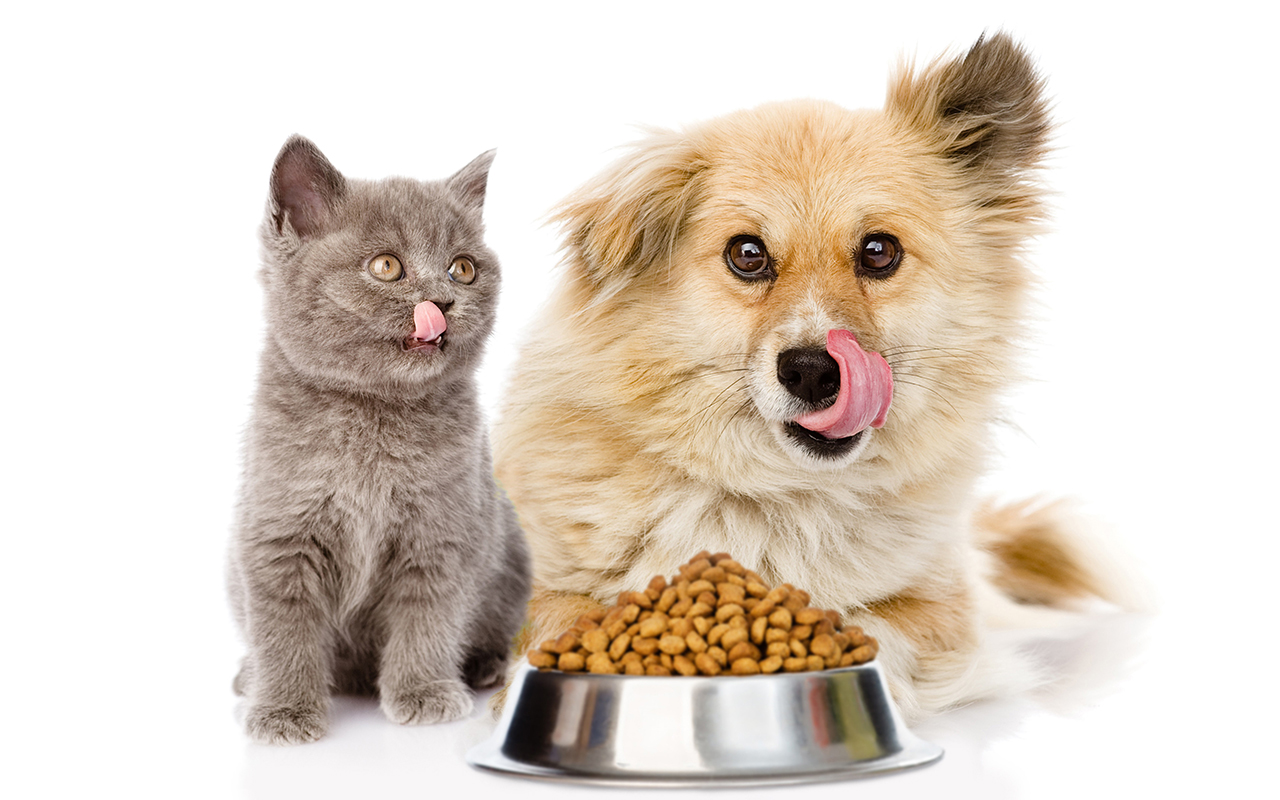


Khin Wint Htal